The end of summer in the Northern Hemisphere is approaching and I have not gotten close to finishing my summer reading list. But I’ll keep working on my reading list year-round. I enjoy getting cozy with a good book with a cup of tea in the winter just as much as I do in the summertime. And there are some books that are definitely worth reading no matter the time of year.
Here are ten books that talk about poverty and hardship that you can learn a great deal from.
1. “Half the Sky” by Nicholas D. Kristoff and Sheryl WuDunn
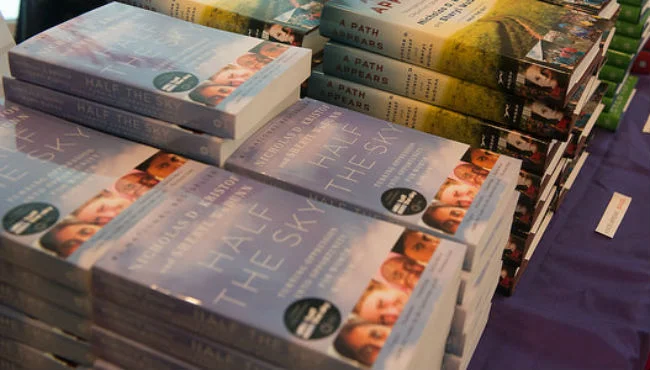
"Half the Sky" is a truly inspiring book. I read this book for an international relations class in college and then recommended it to all the women in my life. Now, I recommend it to all men and women.
The book is written by Kristof and WuDunn who worked for the New York Times and traveled the world interviewing some incredible women. From a woman who overcame gang rape and started a school in Pakistan to a woman that escaped sex trafficking, the women in this book bravely share their experiences and how they overcame horrible situations.
Why this book matters to me: after reading "Half the Sky," I really felt like I knew these women. Some of their stories were so tragic, but the authors made change seem possible. They listed NGOs working to make a difference for women around the world and mentioned how the reader can make a difference, too.
Check out how you can help emancipate women and join the half the sky movement.
2. “Shantaram” by Gregory David Roberts
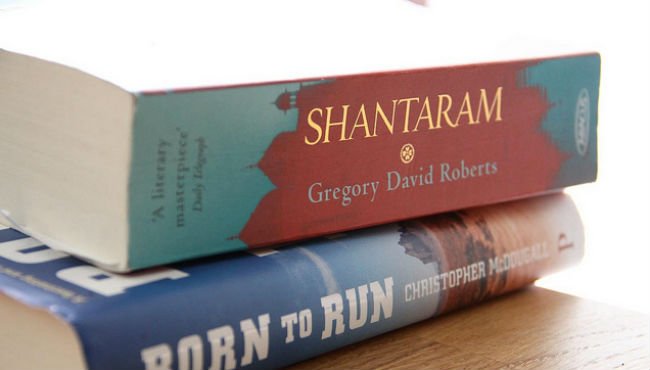
A few months ago I saw my roommate reading a book that looked to be over a thousand pages. She said it was the best book she had ever read, so I asked to borrow once she finished. Before I started reading it, she told me how lucky I was that I hadn’t read it yet, which is how you know a book is going to be really good.
I am currently reading “Shantaram” (did I mention it’s 1,000 pages?) and it’s one of the few books of it’s size that I’m happy to have in my bag.
This book is about a man who escaped from prison in Australia and flees to Bombay, India where he forms a deep friendship with a tour guide. It’s through this friendship that the main character “Lin” discovers India. “Shantaram” delves into life in the slums of Bombay and the extreme poverty that millions of people live in daily. The author’s own life is not far off from the plot of the book, which lends a quality of authenticity.
3. “A Tree Grows in Brooklyn” by Betty Smith
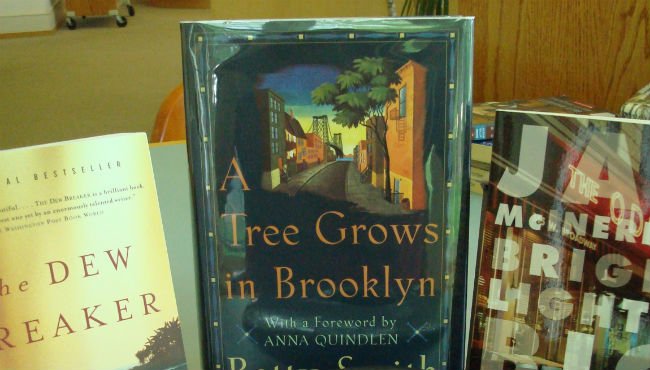
I’ll admit that I didn’t know what this book was about before reading it. The reason for that is because my mom had a copy from when she was young. I used to look at that book cover and imagine what the book was about, and poverty never crossed my mind. But I learned quickly that “A Tree Grows in Brooklyn” is about a girl named Francie growing up in an Irish-American family in a poor neighborhood during the 1910s in New York.
“A Tree Grows in Brooklyn” involves poverty and education. The heroine of the book has a love of learning, reading, and writing, but she and her family are forced to make hard choices when poverty and the struggle to survive become an obstacle. I enjoyed the female perspective in this book, and could relate to some of the emotional challenges that Francie faced while pursuing her education.
4. "Angela’s Ashes" by Frank McCourt
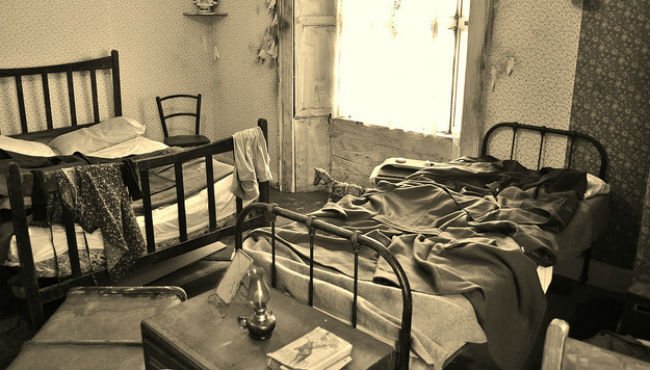
I found this book very similar to “A Tree Grows in Brooklyn.” It’s about a boy growing up with his family in poverty, but the protagonist moved from New York to Ireland, instead of the other way around.
But the humor that comes through in this book caught me off guard. I found myself laughing even when the author describes scenes that would make any adult cringe. The childlike excitement and detail that he uses to talk about living in extreme poverty somehow brings an almost light-heartedness to the topic. Some parts are heartbreaking, but the overall takeaway seems to be that education is empowering.
5. “They Poured Fire on Us from the Sky” by Benjamin Ajak, Benson Deng, Alephonsion Deng, and co-author Judy A. Bernstein
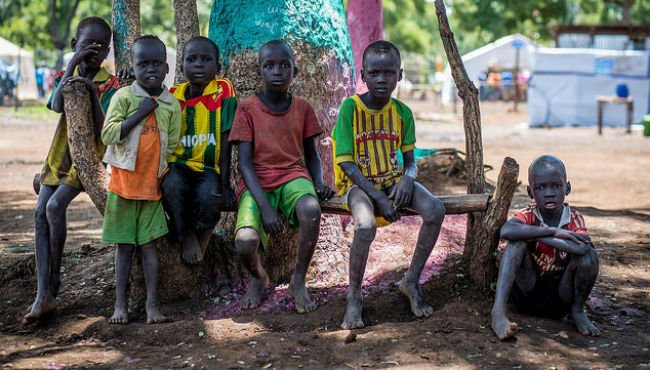
I got to hear one of the authors give a speech that inspired me to pick up this book. This book is an autobiographical story about two brothers and their cousin who flee from their village in Sudan during the Second Sudanese Civil War. These boys were only some of the four million people who were displaced during the war. During their journeys, they pass bombed war zones, abused soldiers, all in pursuit of education, reuniting with their family and a safe place to live.
What I also learned from this book was how difficult and tedious the process can be for refugees fleeing their home country. Although it is hard to comprehend the challenges refugees go through, this book does a good job of describing them. For example, in the book food rations come only every sixteen days for refugees and one of the lost boys, Alepho, describes what it’s like to try and study when you haven’t eaten all day. The strong imagery is one of the reasons I would recommend this book if you want to learn about the life of a refugee.
6. “The Kite Runner” by Khaled Hosseini
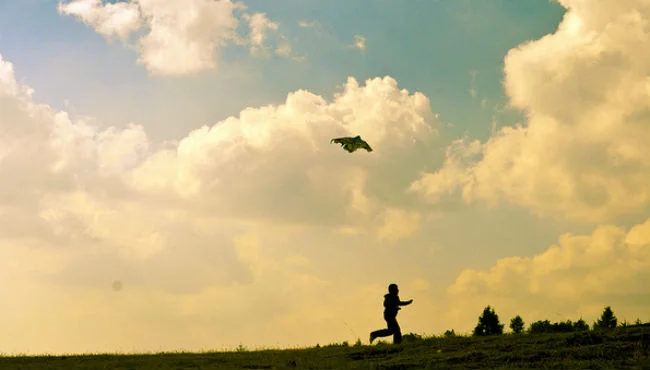
What I like about this book, “Angela’s Ashes” and “A Tree Grows in Brooklyn” is that each of them begin with a character at a young age whose perspective changes as the character grows up.
I think that the inequality and unjustness of poverty is depicted so well in this book. The story starts with two young boys in Afghanistan. One is born into poverty and the other into a life of wealth. Several key events shape each boy’s life and their views and altering their lives.
I would recommend this book because it shows the consequences that prejudice can have on the lives of people from both sides.
7. “Balzac and the Little Chinese Seamstress” by Dai Sijie
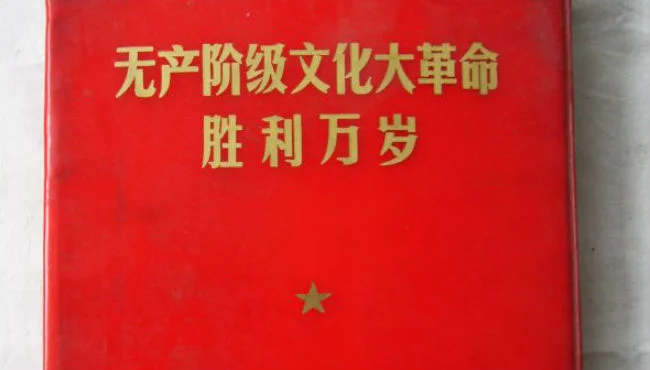
If you’re not ready to commit to reading or carrying around a thousand pages of literature to expand your ideas on poverty in India, I don’t blame you. But maybe you still want that romance and love story too? “Balzac and the Little Chinese Seamstress” is a 184 page semi-autobiographical account of two teenage boys sent to a re-education camp during the Cultural Revolution in China.
The story artfully tells the tale of the two boys being re-educated in the mountains near Tibet. Their inner spirit and natural ability for art and learning remain strong though they are forced to labor in coal mines.
8. “The Jungle” by Upton Sinclair
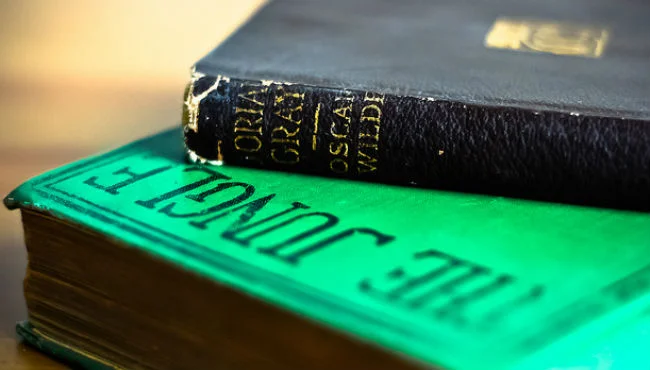
This book was hard to stomach--literally. Upton Sinclair’s turn of the century book exposing the abuse and horror thriving in the meat industry before US food regulation took place is shocking. This book galvanized public calls for regulations on food production and also living conditions for immigrants in the US. “The Jungle” describes the harsh living conditions of immigrant families who had traveled for a better life, but were then exploited and trapped in a cycle of poverty because of corruption, greed and lack of social services.
It tells the story of a Lithuanian immigrant who tries to support his family in America by working in the meatpacking industry at a slaughterhouse. He quickly gets into debt and faces poverty and eviction. While this book is not uplifting, the changes that it helped bring about are encouraging.
Lastly, I have two recommendations from my fellow interns that I will be adding to my own reading list:
9. “The Motorcycle Diaries” by Ernesto “Che” Guevara
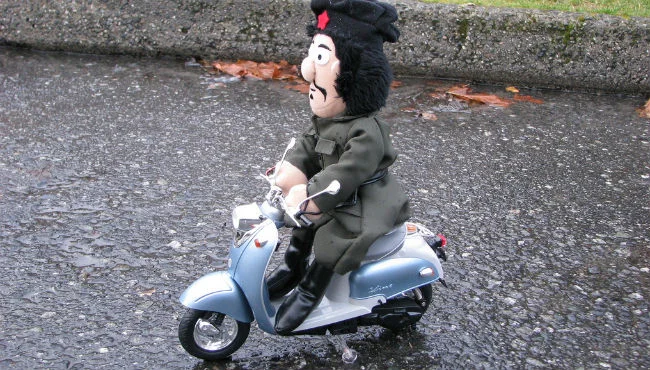
Yuanyuan’s recommendation is a memoir about the life of Che Guevara as a young medical student in Latin America. It’s one of my favorite films and I am looking forward to reading the novel. In the book, Guevara and his friend travel on a nearly 3,000 mile journey throughout countries from Argentina to Venezuela and Cuba. The remote villages and people living in poverty they meet along the way inspired action from Guevara in addition to the memoir. Che visited impoverished mining communities and leper colonies and exposed poverty, hunger, and disease that still exist in many countries today.
10. "Nickel and Dimed" by Barbara Ehrenreich
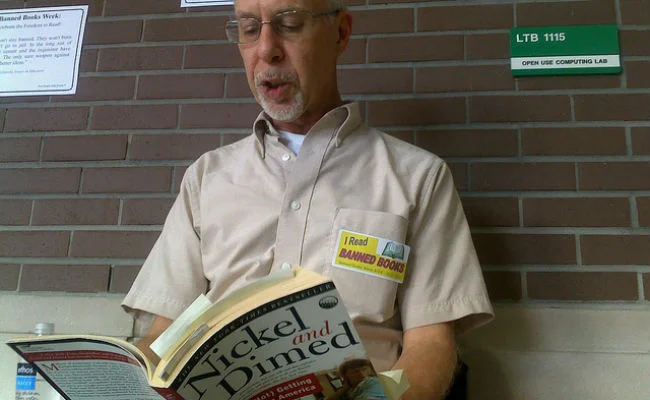
Jill’s recommendation is about a journalist who decided to live in poverty on working class wages in the US in the 1990s. She addresses the challenges of trying to find housing, buy food and survive. The author’s main message is that there is no successful way to live in poverty and that, as Jill says, “it’s not the person, it’s the system.” I think the take-away message from all these books is that progress can be made and there are still many changes that need to happen to improve the lives of those living in poverty.
Did you know there are 775 million adults in the world today who cannot read or write?
Two-thirds of illiterate adults are women. I hope that in my lifetime every person on the planet will have the opportunity to become literate, and this can only happen by investing in education (especially for girls) and literacy programs. Not only did I find myself getting completely lost in the books above, but they are all educational and inspirational as well.
Many of the books that had an impact on me are true stories–or embellished from real personal accounts, which makes the case for education that much more poignant. How can future authors articulate their struggles and experiences, and how can we learn from them, if they are not given the opportunity to learn to read and write first?
What books would you add to this list?
If you love reading, you can TAKE ACTION NOW by calling on world leaders to prioritize education for the world’s most marginalized population.